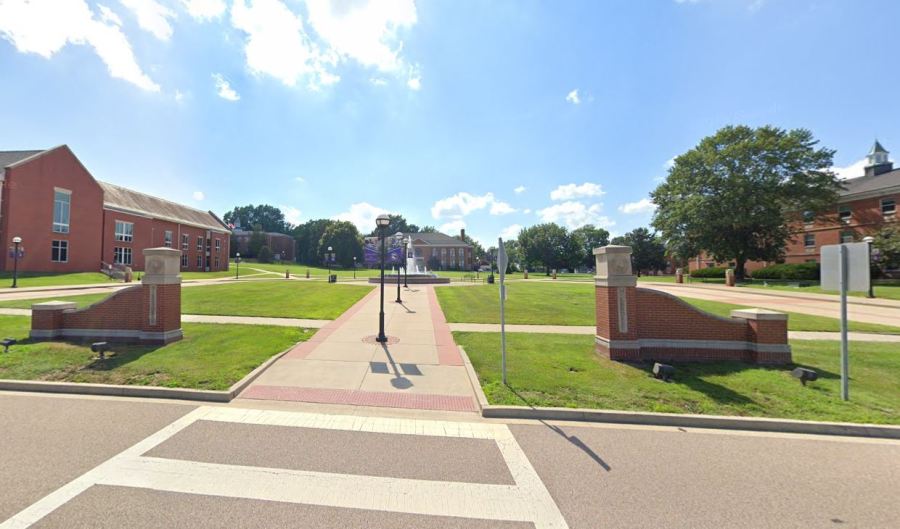PORTLAND, Ore. (KOIN) — A cigarette butt missed an ashtray, sparking a fire that would leave two people dead, with one still not formally identified more than three months after the tragic event.
The Clark County Medical Examiner’s Office tells KOIN 6 News it believes the man killed in a house fire in the Orchards area is 83-year-old John E. Kovac, a former political science professor who lived in Illinois before moving to the Portland area. However, authorities have been searching for a biological relative — or Kovac’s dentist to provide dental records — to officially close the case.
So far, no luck.
“He was in a house fire, so things that would be helpful like the condition of the remains and other people being able to visually aid in his identification, were not possible,” said Nikki Costa, operations manager for the Clark County Medical Examiner’s Office.
The fire happened around 7 p.m. Sept. 1, on Northeast 149th Court, a cul-de-sac next to Fourth Plain Boulevard. For weeks, the exact cause was not made public, but in early December, the Clark County Fire Marshal’s Office told KOIN 6 News it appeared to be a smoking accident.
“One of the individuals in that household was blind … and was also a heavy smoker, and we believe that he probably missed the ashtray with his cigarette butt,” Curtis Eavenson said.
Fire crews said the ceiling of the first floor had collapsed, covering the interior with sheet rock and insulation. A woman was found under the debris and was quickly taken out of the home and sent to a hospital in an ambulance. She died at the hospital from smoke inhalation, and has since been identified as 46-year-old Wanda Francis.
A second body, believed to be Kovac, was found a short time later, according to the Vancouver Fire Department.
KOIN 6 News reached out to Francis’ family, but has not heard back. Posts on social media though suggest Kovac was Francis’ stepfather and, according to an online obituary, Francis was preceded in death by her mother, Barbara Kovak. Property records list John and Barbara Young as the owners of the home that caught fire.
All that circumstantial evidence has not been enough to conclusively identify Kovac’s body, though, according to authorities.
The medical examiner’s office handles around 350 cases a year, Costa said, a small fraction of the total number of deaths that occur in Clark County. They focus mainly on unnatural deaths like accidents, homicides, suicides, or anything suspicious. Identifying the decedent is always part of that process, but is usually pretty simple.
The first option is to have a family member identify the person. Medical examiners can also use a drivers’ license photo to confirm an identity if the remains are in good condition. Fingerprints are another option, but not everyone has fingerprints on file. To get dental records, you have to know who someone’s dentist was. And DNA samples only work if you have a sample on file or a biological relative’s DNA for comparison.
“Finding no biological relatives to help is pretty rare,” Costa said.

Kovac taught at McKendree College (now McKendree University) in Lebanon, Illinois, from 1970 to 1981, according to a spokesperson for the university. The medical examiner’s office believes he had a son, David, and a daughter, Laura, from his years in Illinois. Kovac moved to the Portland area in the early to mid ’80s and continued to teach.
Three months after his death, the potential son and daughter have not been located. But the medical examiner’s office wants to provide closure for Kovac’s loved ones, even if they don’t share his DNA.
“Everyone deserves a name,” Costa said. “All of our efforts really are to, one, get out the facts, but two, provide closure for those that are involved.”
Now they’re taking a road less traveled and working with the state forensic anthropologist to perform a photo superimposition. Essentially, a forensic artist uses a picture of the decedent’s face and line it up with the remains to see if facial features like the eye sockets or nose line up.
Costa said the medical examiner’s office hopes that will add to the tentative identification of Kovac, though this is largely uncharted territory, and there’s no concrete timeline for when that will finally be achieved.
